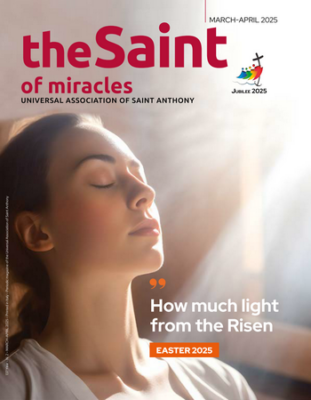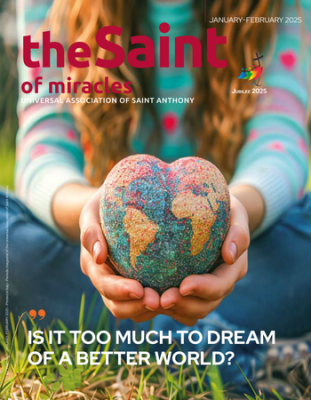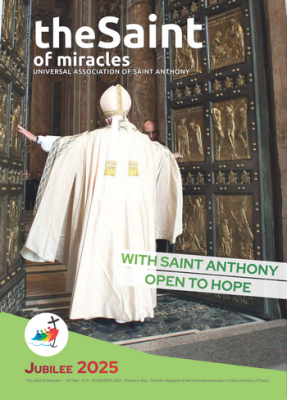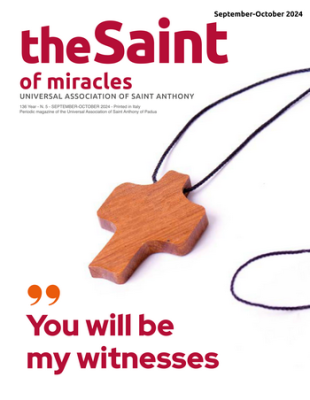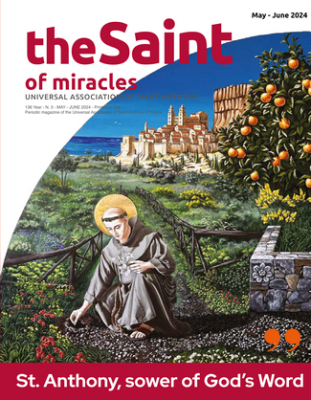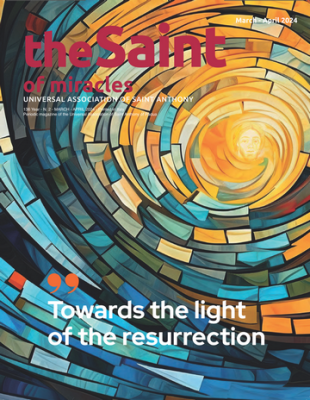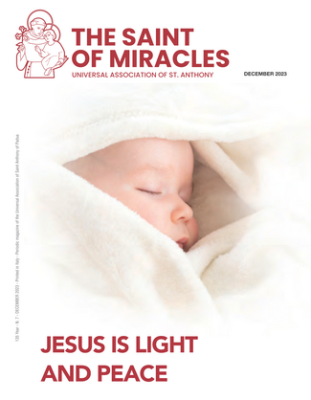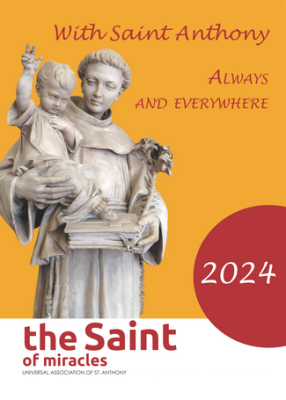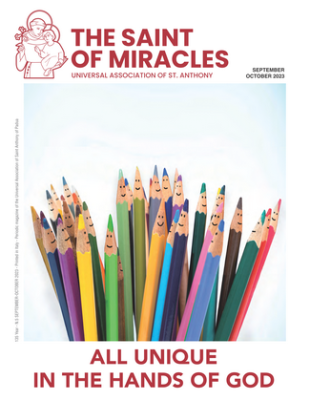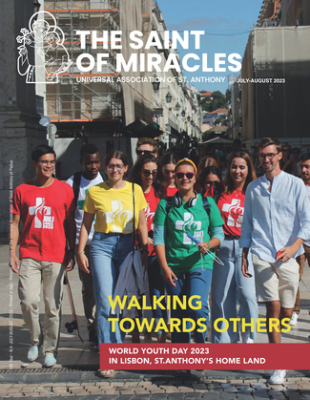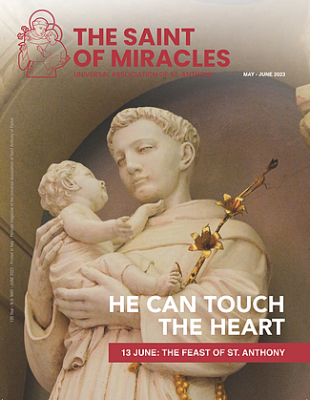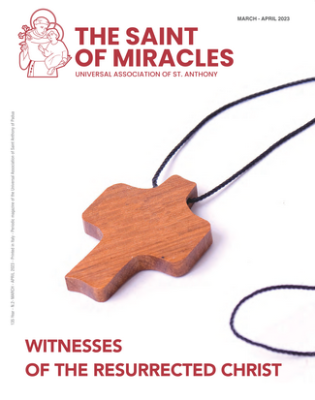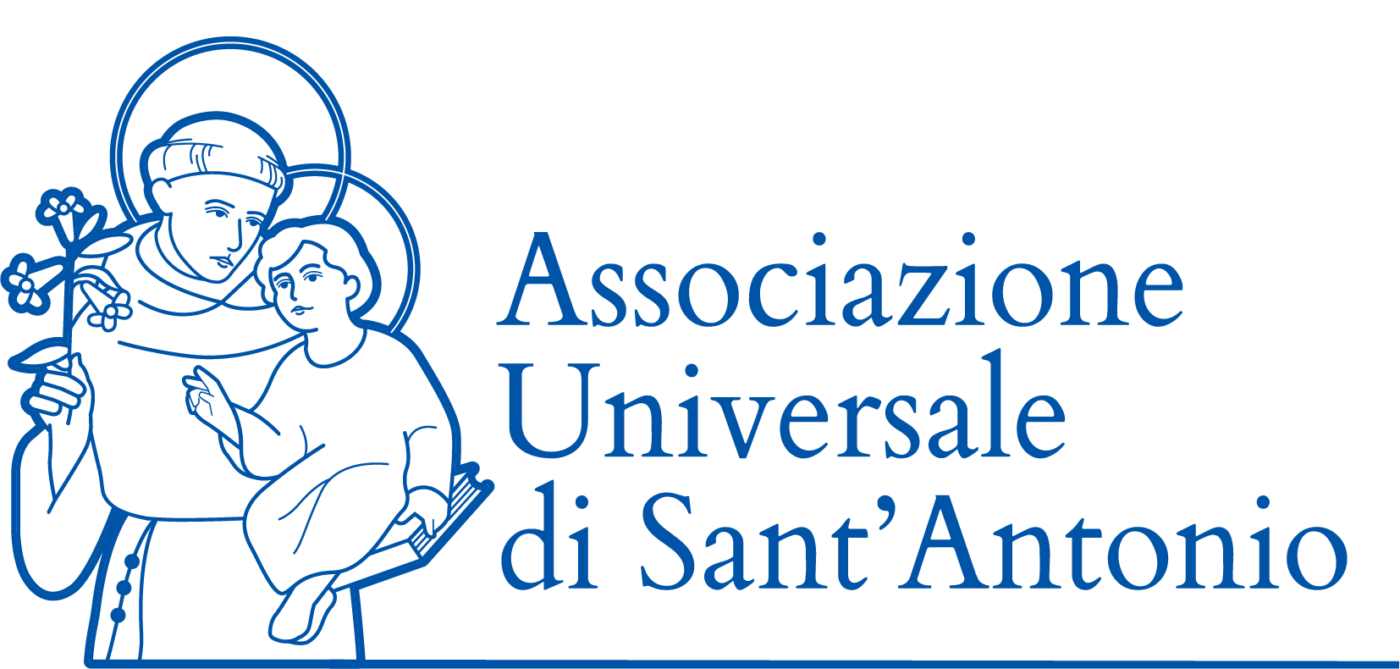Year 132 - January 2020Find out more
The heart of the usurer
Alfredo Pescante
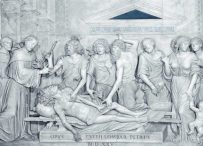
In the sixth high relief behind the tomb of the Saint, does it not cause dismay that gash in the chest of the
young usurer lying on his deathbed, a sign of the thaumaturgy of Saint Anthony that brings his heart to life in
the chest? Marble, in its whiteness, effectively represents an important chapter in Anthony’s life: the fight
against usurers, “genius who crushes the poor with his molar teeth”. The Saint here is pure Gospel,
admonishing: “Where is your treasure, there is also your heart”.
Tullio Lombardo, who as a great sculptor made the high relief (1525), fulfilled the wishes of the patrons: in
fact, they knew that he would be able to impress the ranks of those who lent money to usury, then and now a
widespread social scourge. This admirable group of characters reaches the heights of classical beauty: each one
with mouth, eyes and arms interprets what happened, parading to testify “with redundancy of meaning of
affection” (Pietro Selvatico).
Antonio, with a youthful face, next to a friar, seems to say: “See if there is a heart in his chest! Three bearded
men, after having carefully observed the inert body and even put their hand in the gash, agree with the Saint
after an old man has opened the chest. The two elegant ladies first understood the truth. The naked and
amused little, unique, cannot repeat with the others: “The riches are worth nothing!”, thought of Anthony who
asked the sinner “the burial in a deconsecrated place, along the walls of the city, like a dog.
The episode was reported in writing by Servasanto da Faenza by 1280, learned from the live voice of
someone who had attended the event.


 Italiano
Italiano Français
Français
